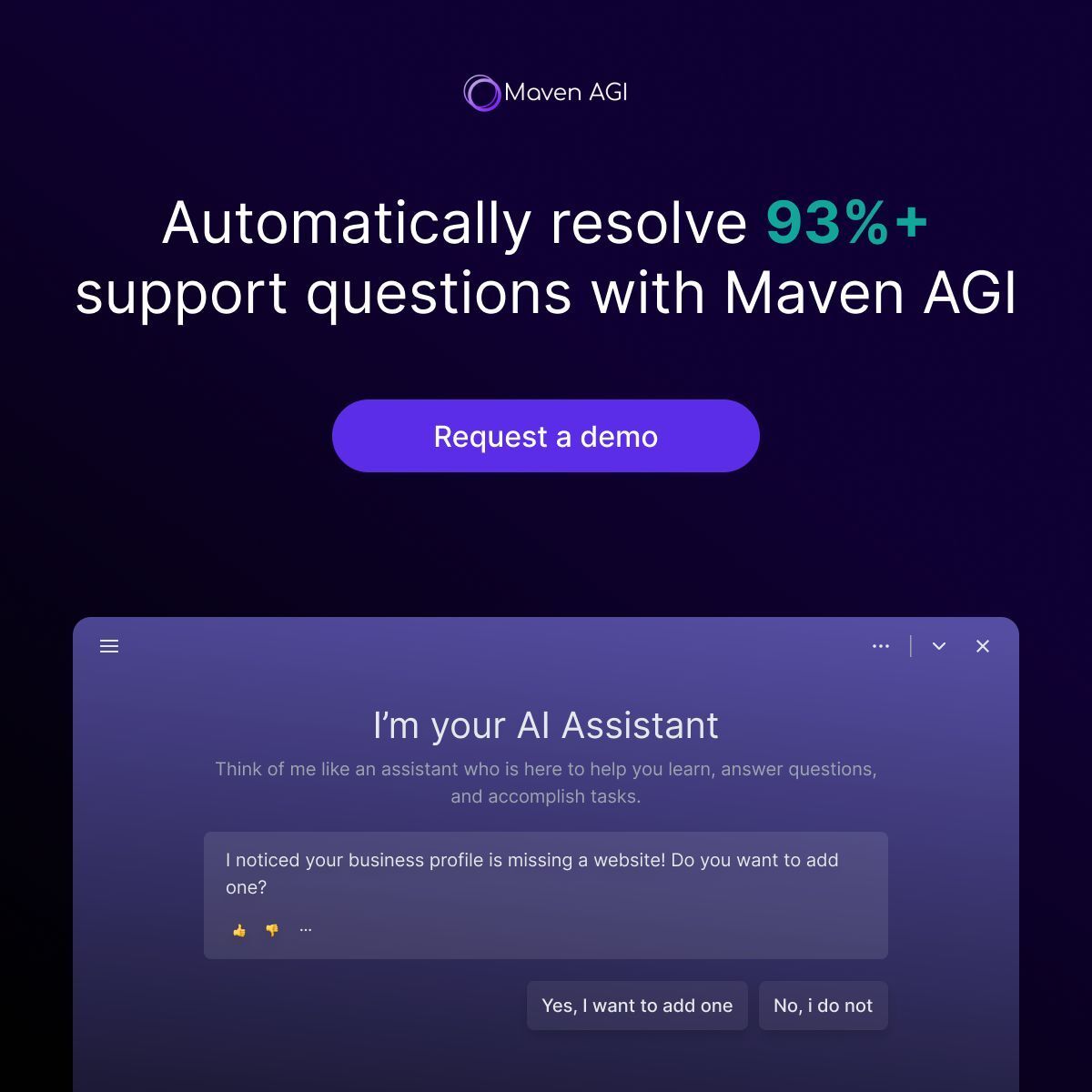- Data Pragmatist
- Posts
- Understanding Stochastic Gradient Descent (SGD) Variants
Understanding Stochastic Gradient Descent (SGD) Variants
Google Recaps 60 Major AI Announcements from 2024


Welcome to learning edition of the Data Pragmatist, your dose of all things data science and AI.
📖 Estimated Reading Time: 5 minutes. Missed our previous editions?
🔍 Google Recaps 60 Major AI Announcements from 2024 Link
Google highlighted significant AI developments throughout 2024, including advancements in Gemini, Chrome, Pixel, and Search.
The company introduced features like Circle to Search and NotebookLM’s Audio Overviews to enhance user experience.
Health-related AI applications were emphasized, showcasing AI's role in connecting people to vital health information.
Google's AI initiatives spanned various sectors, aiming to make daily life more convenient and efficient.
📈 MIT Researchers Develop Generative AI Tool to Boost Database Searches Link
MIT researchers have created a generative AI tool designed to enhance the efficiency of database searches.
The tool aims to streamline data retrieval processes, making it easier for users to access relevant information.
This development represents a significant advancement in data science, potentially transforming how databases are queried.
The AI tool could lead to more intuitive and faster data search capabilities across various industries.
Drowning In Support Tickets? Maven AGI is here to help.
Maven AGI platform simplifies customer service by unifying systems, improving with every interaction, and automating up to 93% of responses. Seamlessly integrated with 50+ tools like Salesforce, Freshdesk, and Zendesk, Maven can deploy AI agents across multiple channels—text, email, web, voice, and apps—within days. Companies like Tripadvisor, ClickUp, and Rho slash response times by 60%, ensuring quicker support and exceptional customer satisfaction. Don’t let support tickets slow you down
🧠 Understanding Stochastic Gradient Descent (SGD) Variants
Stochastic Gradient Descent (SGD) is a widely used optimization algorithm in machine learning to minimize loss functions. However, it faces challenges like slow convergence and sensitivity to learning rates. To overcome these, advanced variants such as Adam, RMSprop, and AdaGrad have been developed.
1. Adam (Adaptive Moment Estimation)

Key Features:
Combines momentum and adaptive learning rate techniques.
Maintains averages of past gradients (momentum) and squared gradients (adaptive scaling).
Advantages:
Converges quickly compared to standard SGD.
Performs well with sparse gradients and in large-scale datasets.
Widely used as a default optimizer in deep learning frameworks.
Applications:
Suitable for neural networks with varying parameter gradients.
2. RMSprop (Root Mean Square Propagation)

Key Features:
Designed for non-stationary objectives, making it suitable for dynamic learning environments.
Scales the learning rate based on the recent magnitude of gradients, stabilizing updates.
Advantages:
Prevents vanishing gradients by using adaptive learning rates.
Works effectively with recurrent neural networks (RNNs) and deep architectures.
Applications:
Popular in tasks involving time-series data or sequential learning.
3. AdaGrad (Adaptive Gradient Algorithm)

Key Features:
Adapts the learning rate individually for each parameter based on past gradient information.
Prioritizes parameters that require larger updates, aiding in sparse data scenarios.
Advantages:
Performs well for convex optimization problems.
Automatically adjusts learning rates without manual intervention.
Limitations:
Learning rates may diminish too quickly, hindering convergence in some cases.
Applications:
Effective in natural language processing and text-based tasks.
Conclusion
Adam, RMSprop, and AdaGrad improve upon SGD by introducing adaptive learning rates and better handling gradient updates. Choosing the right variant depends on the nature of the task, data, and model architecture. These optimizers are indispensable tools in modern machine learning.
Top 5 AI Tools for Government and Policy Planning
1. IBM Watson
Function: Data analysis and predictive modeling for decision-making.
Key Features:
Natural Language Processing (NLP) for analyzing policy documents and public sentiments.
Predictive analytics for forecasting economic, environmental, and social trends.
Automation of repetitive administrative tasks to improve efficiency.
Use Cases:
Identifying social or economic issues through large-scale data analysis.
Automating responses to public queries, e.g., during crises or natural disasters.
Creating models to predict outcomes of specific policies.
2. Palantir Foundry
Function: Data integration and decision support for complex government systems.
Key Features:
Integrates siloed datasets from various government departments.
Advanced data visualization for easy interpretation of complex trends.
Collaborative environment for multi-agency policy planning.
Use Cases:
National security and intelligence coordination.
Urban planning and infrastructure development.
Crisis management and disaster response.
3. Google AI (TensorFlow)
Function: AI and machine learning platform for predictive modeling and automation.
Key Features:
Scalable machine learning models for forecasting and policy simulations.
Image recognition for geographic or security-related applications.
Open-source flexibility for customization based on government needs.
Use Cases:
Predicting the effects of environmental policies on climate change.
Enhancing security through facial recognition and behavioral analysis.
Creating AI-based tools for public healthcare management.
4. OpenAI Codex
Function: AI-driven programming assistance for building policy planning tools.
Key Features:
Automates the generation of code for specific government applications.
Supports creating chatbots or virtual assistants for citizen engagement.
Integrates with other platforms to create customized solutions.
Use Cases:
Automating legal text analysis for legislative bodies.
Building citizen-facing AI tools for real-time service delivery.
Streamlining processes like tax filings and subsidy distribution.
5. ESRI ArcGIS
Function: Geospatial analytics for urban and regional planning.
Key Features:
Mapping tools to analyze spatial data for land use and infrastructure development.
Real-time data integration for dynamic decision-making.
AI-powered models to predict urban growth and environmental impact.
Use Cases:
Planning smart cities and optimizing traffic management.
Monitoring and mitigating environmental risks, like floods or deforestation.
Allocating resources based on geospatial analysis.
If you are interested in contributing to the newsletter, respond to this email. We are looking for contributions from you — our readers to keep the community alive and going.

